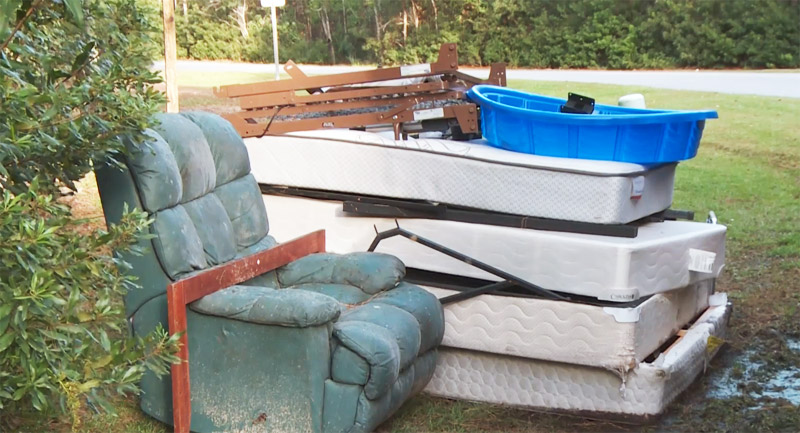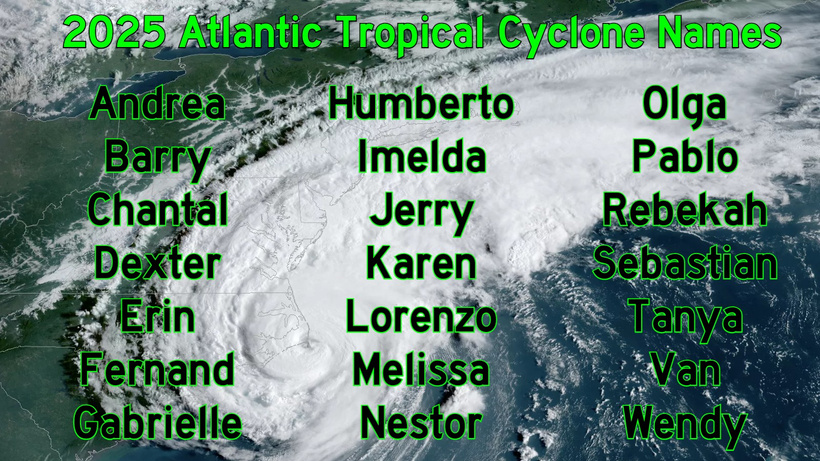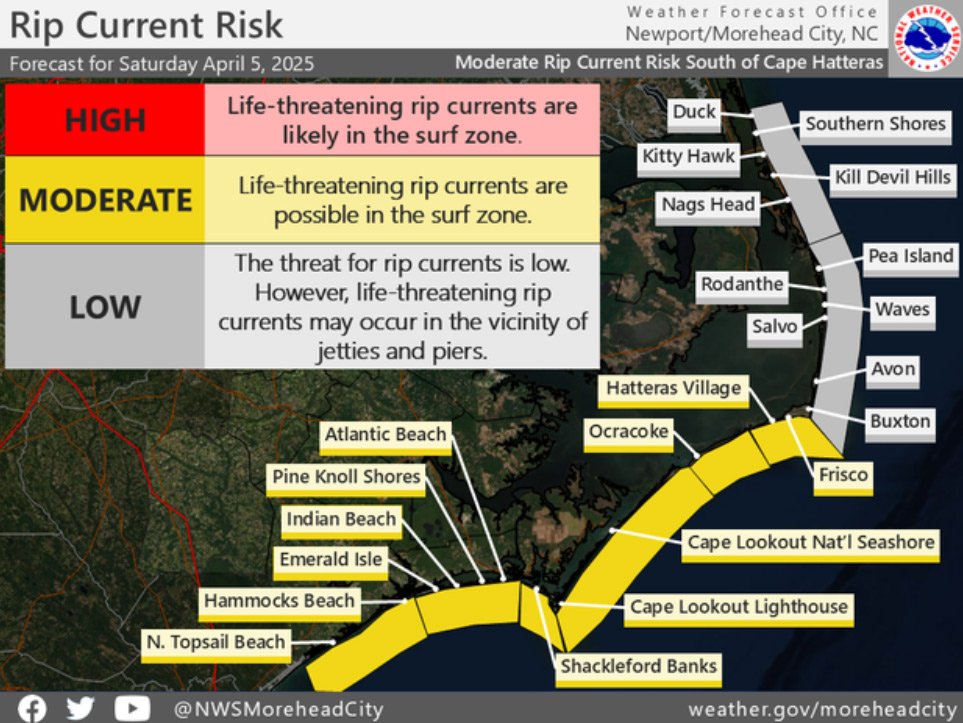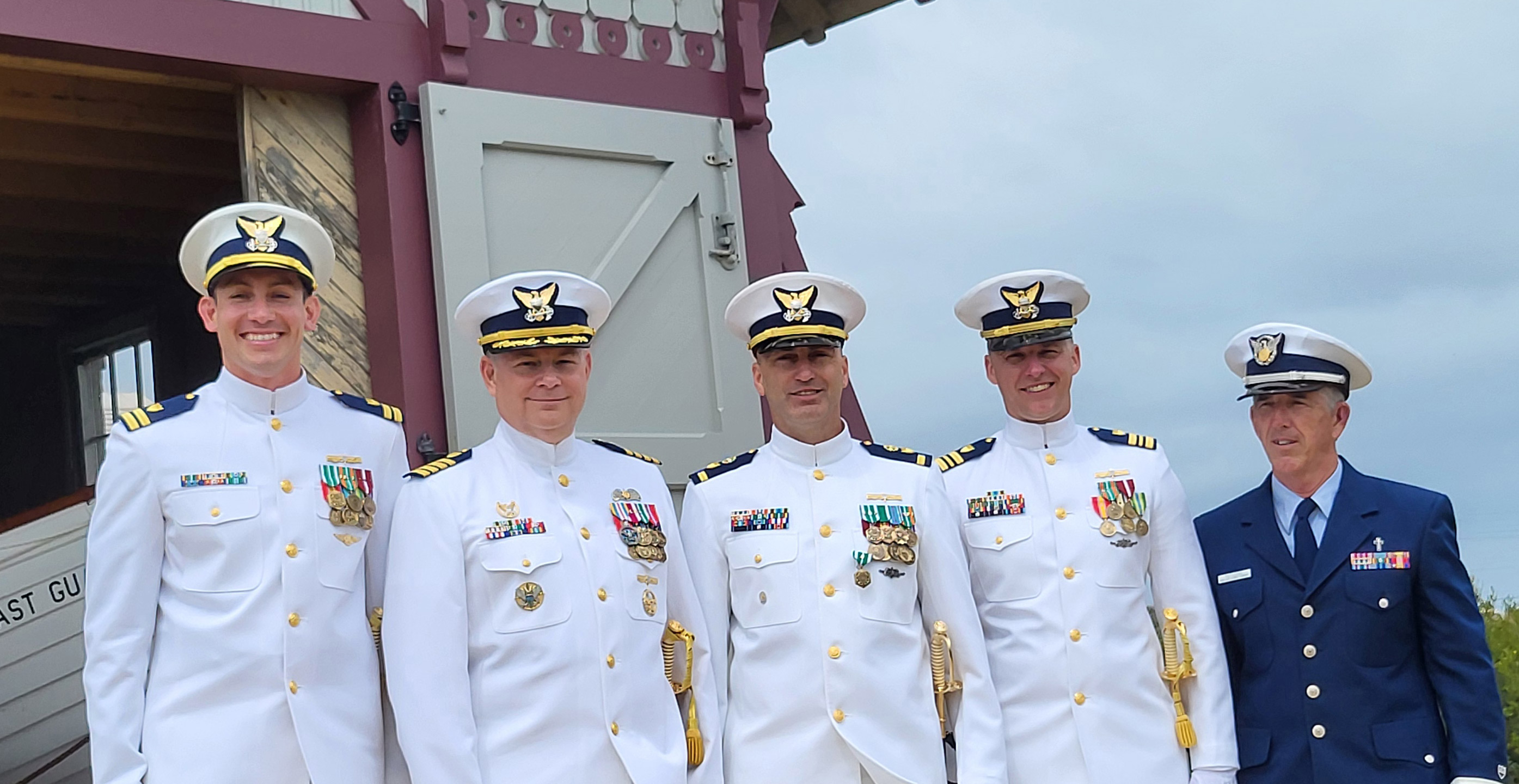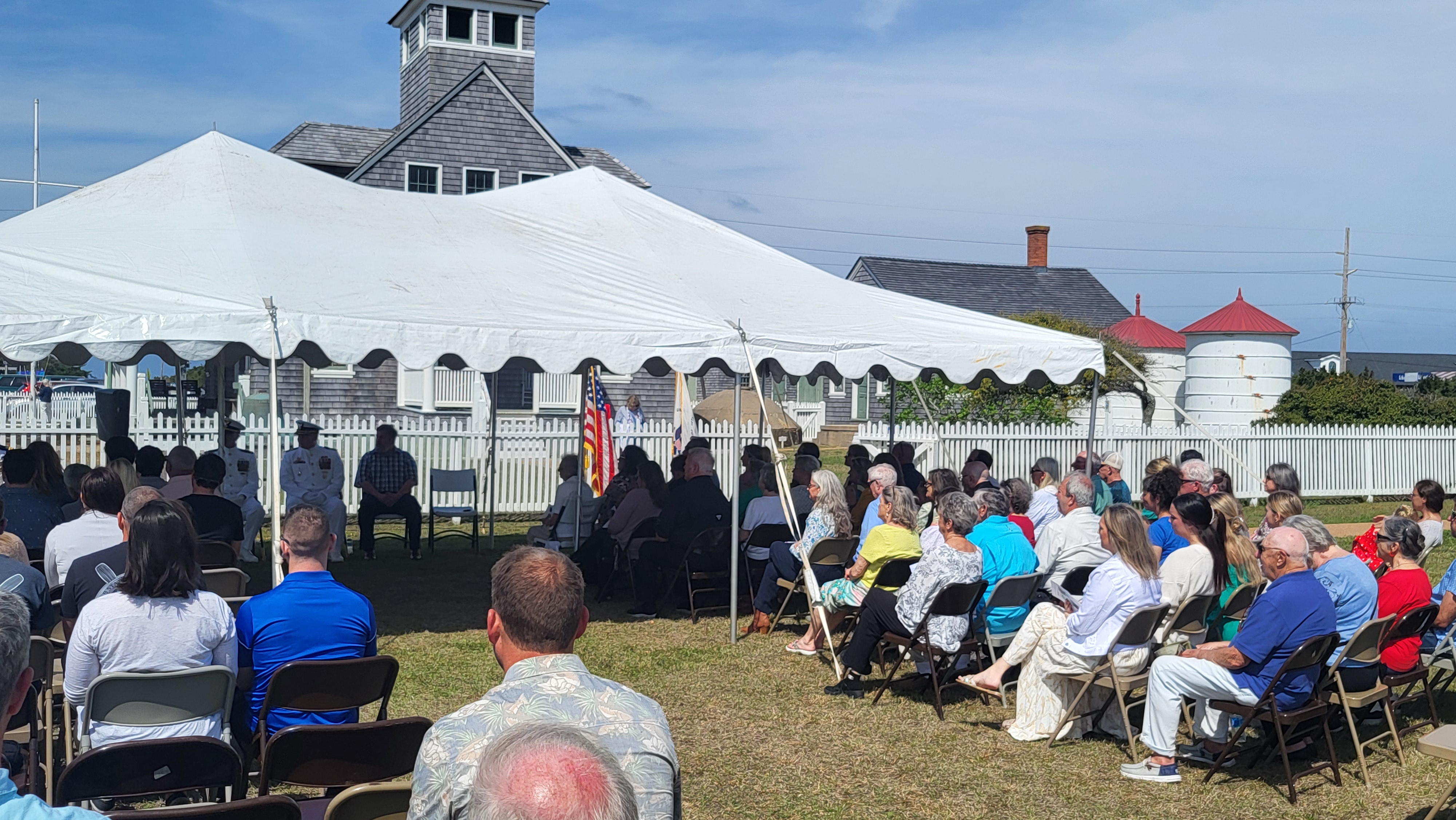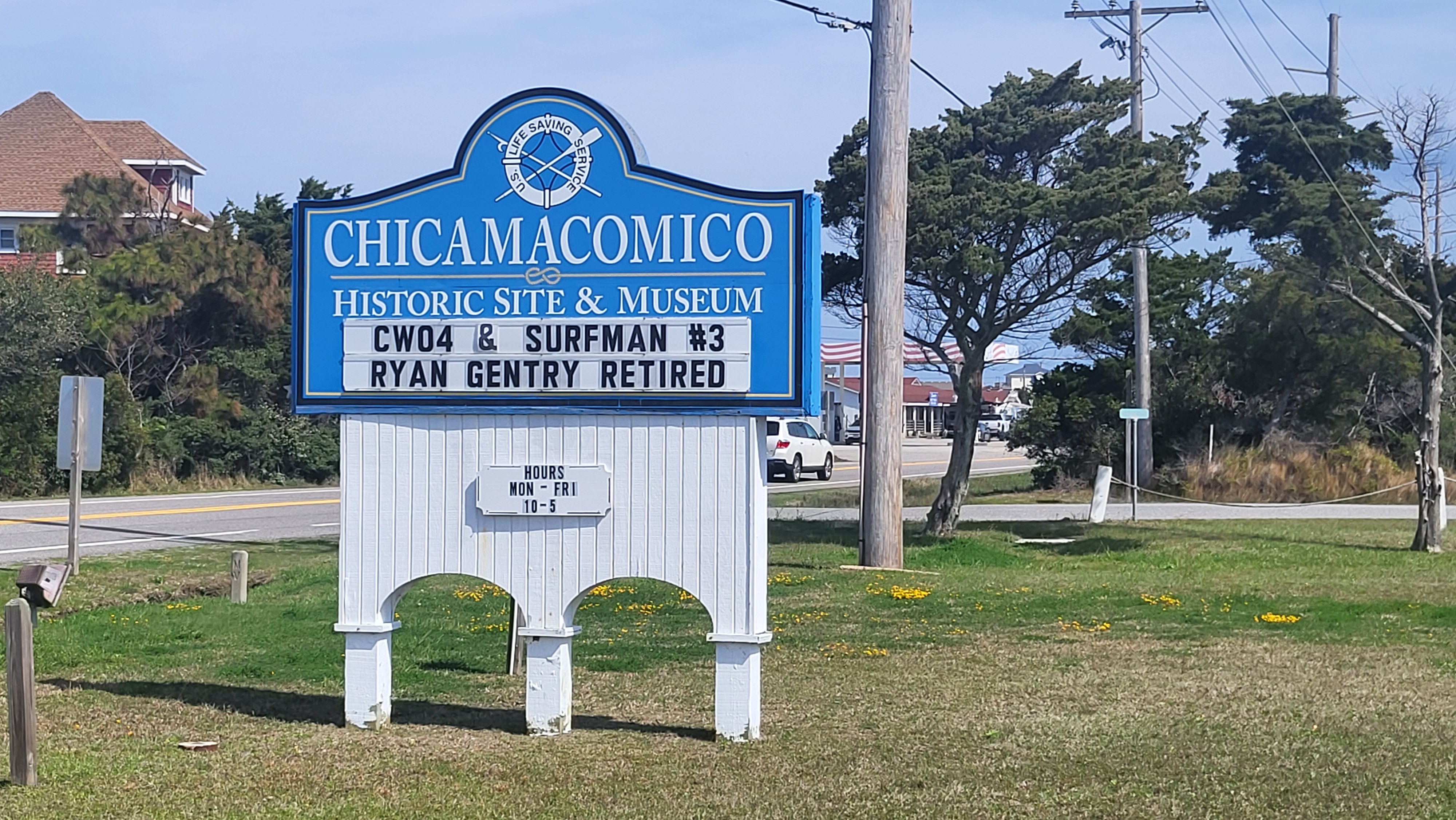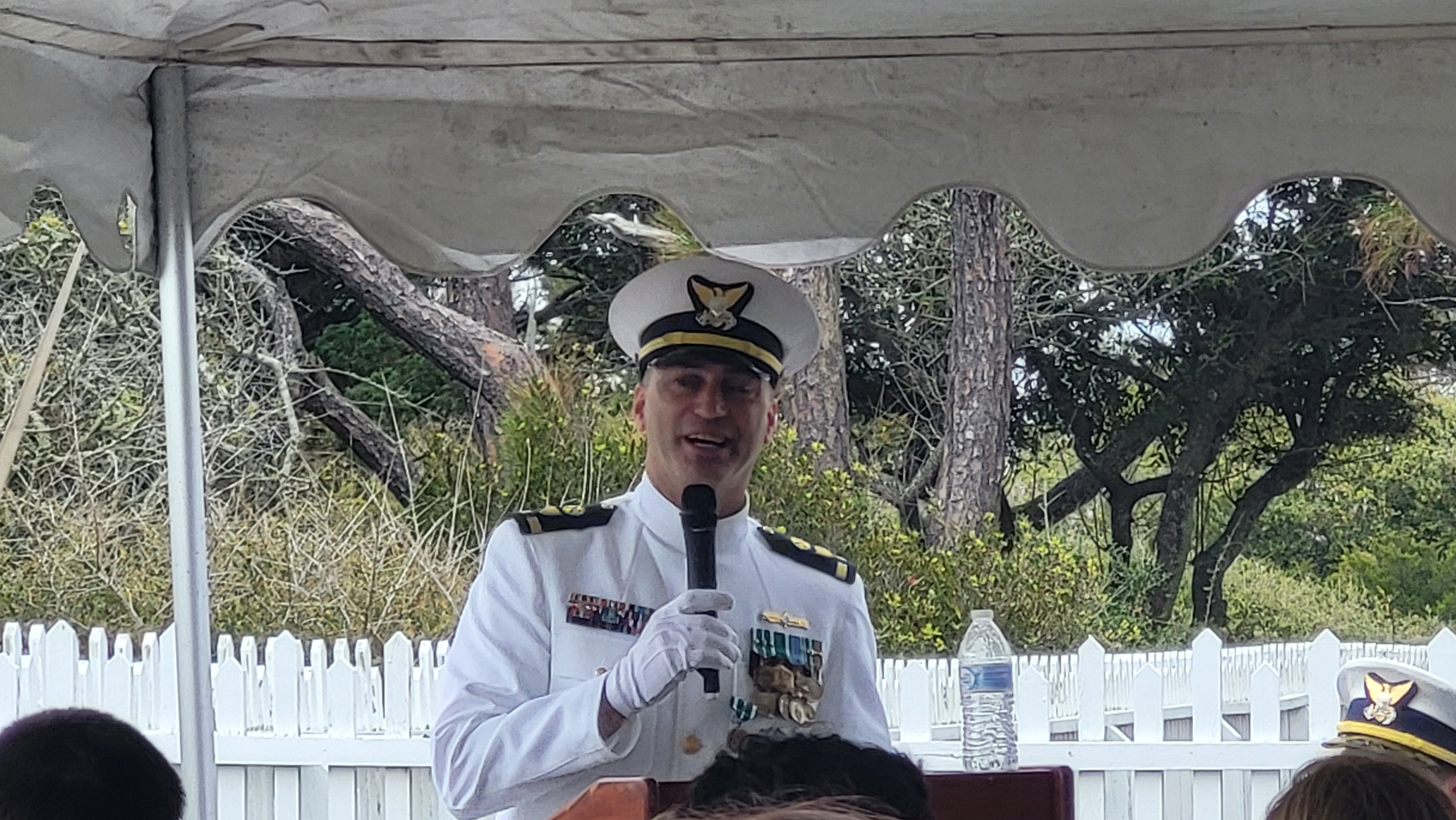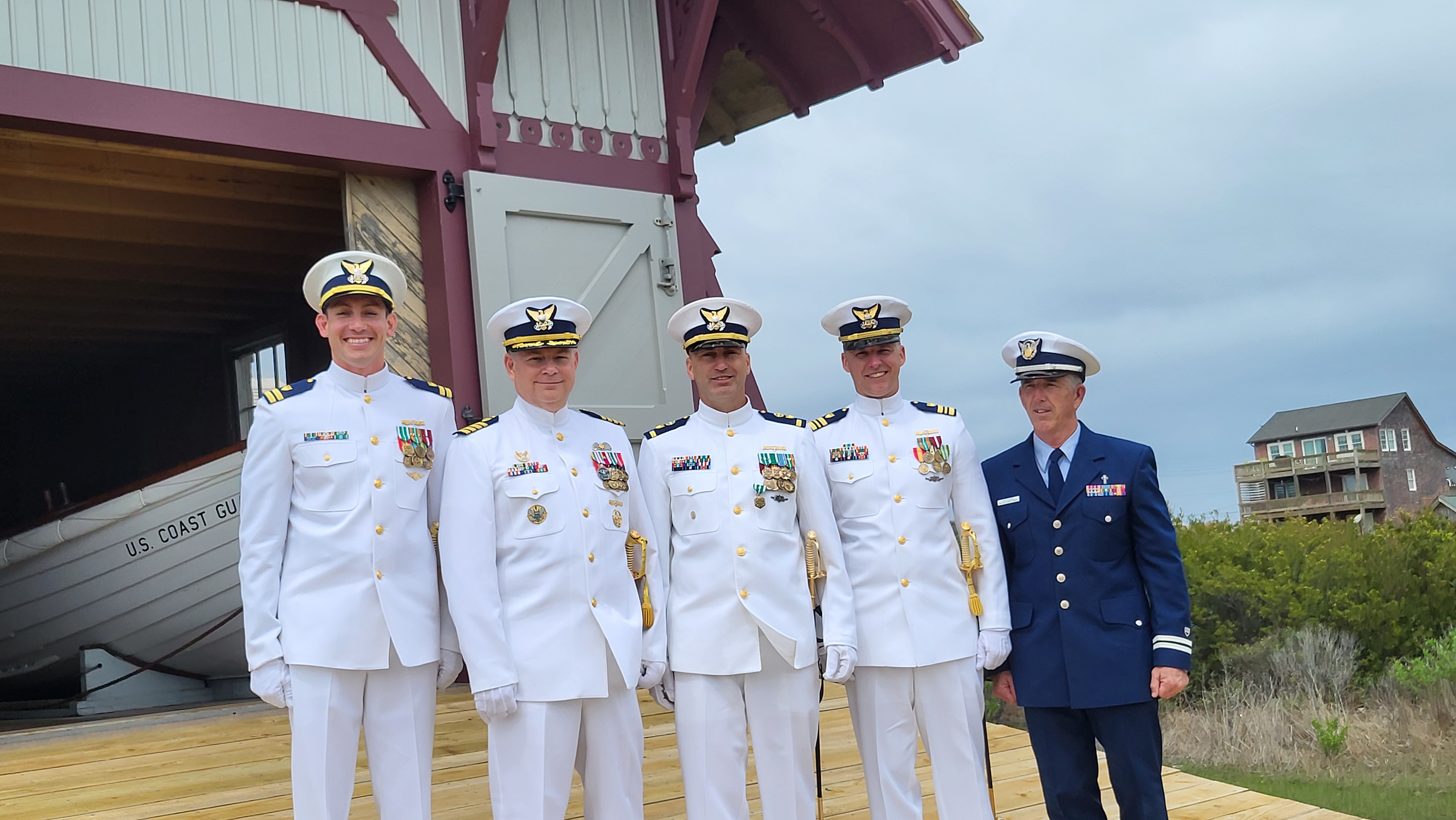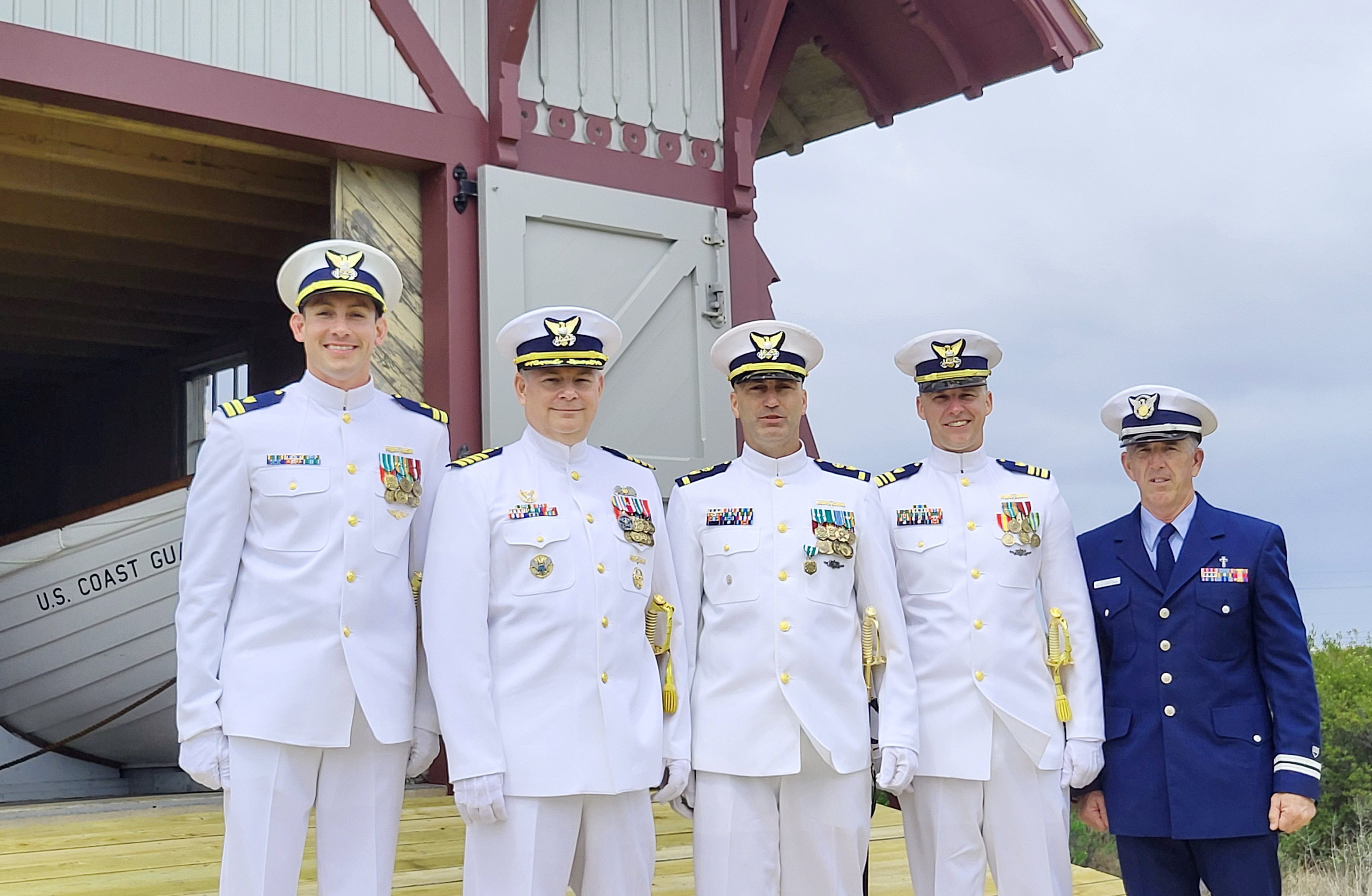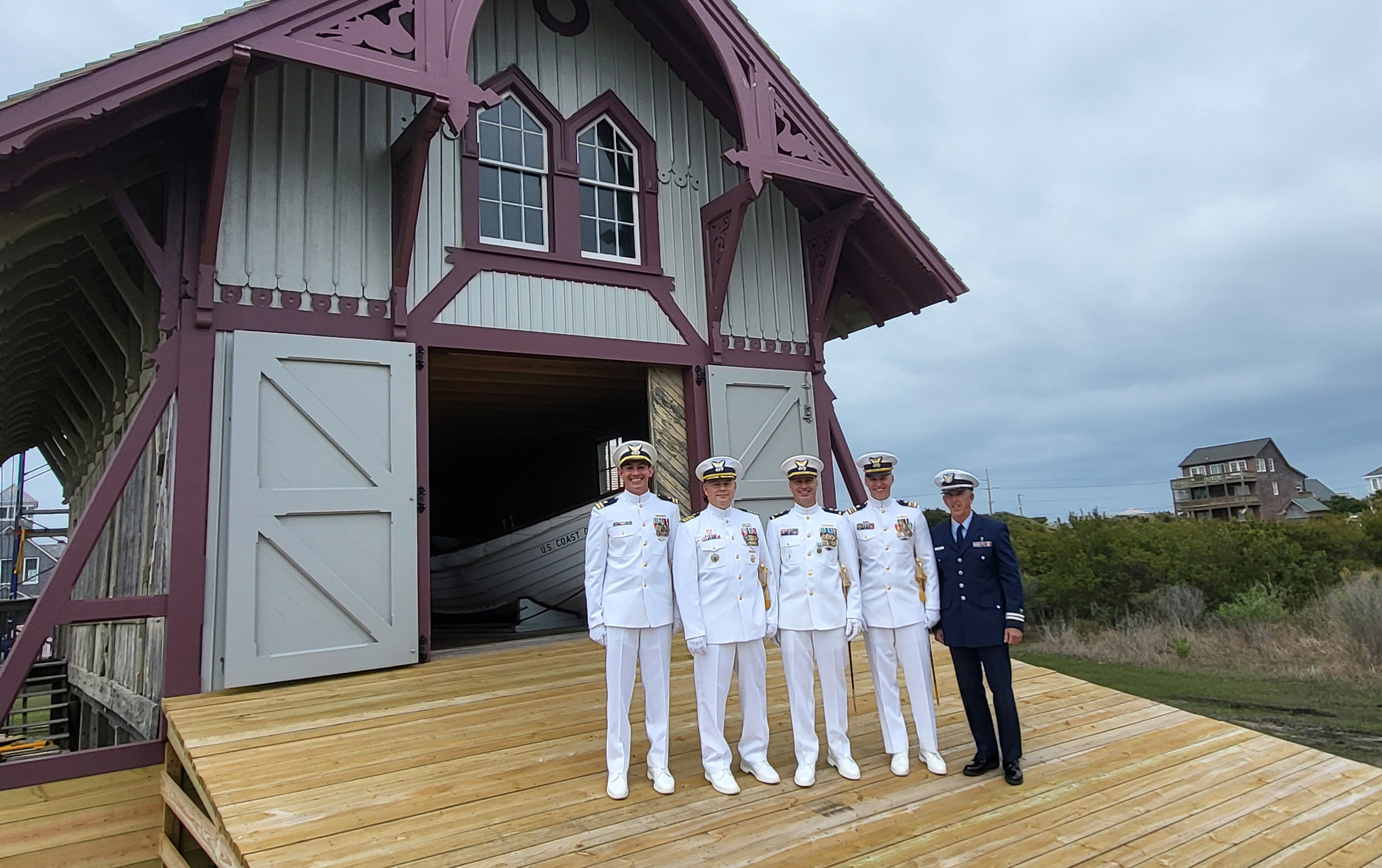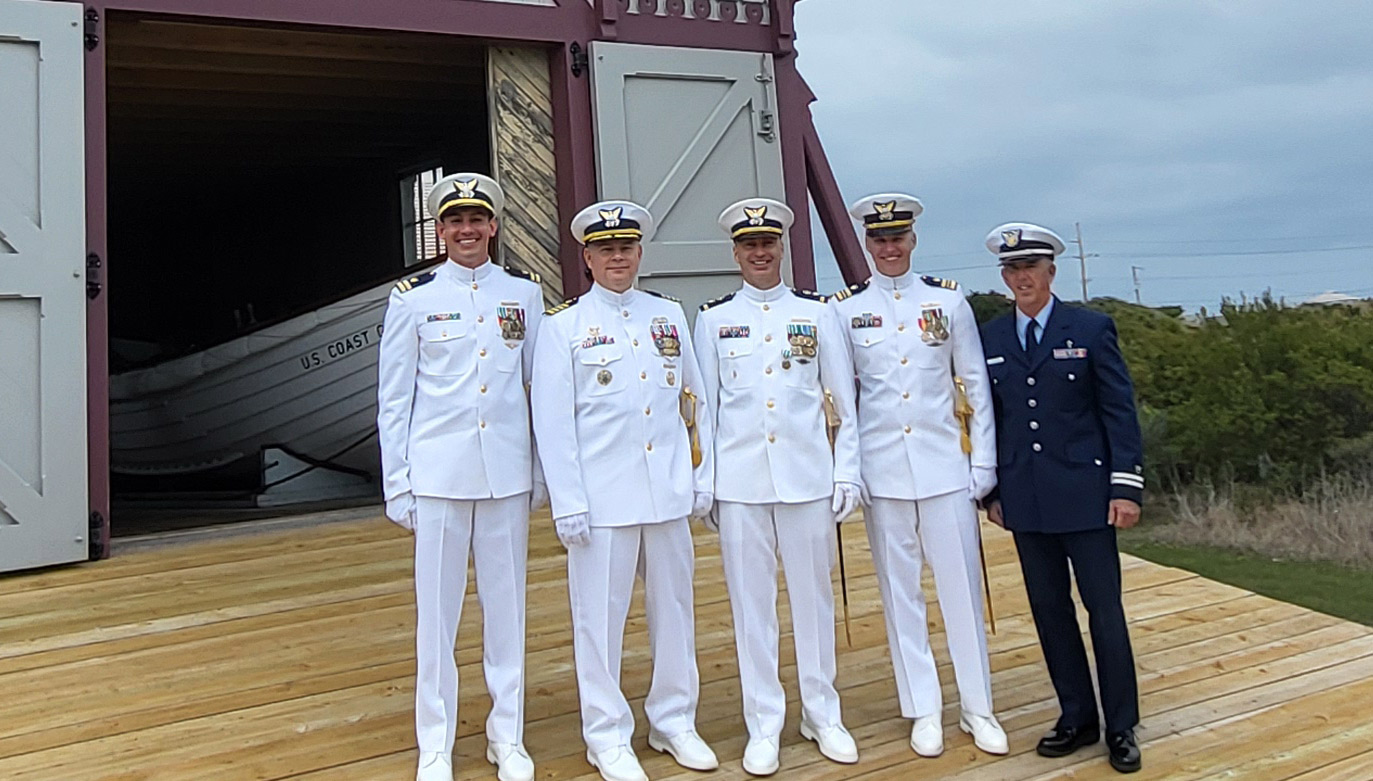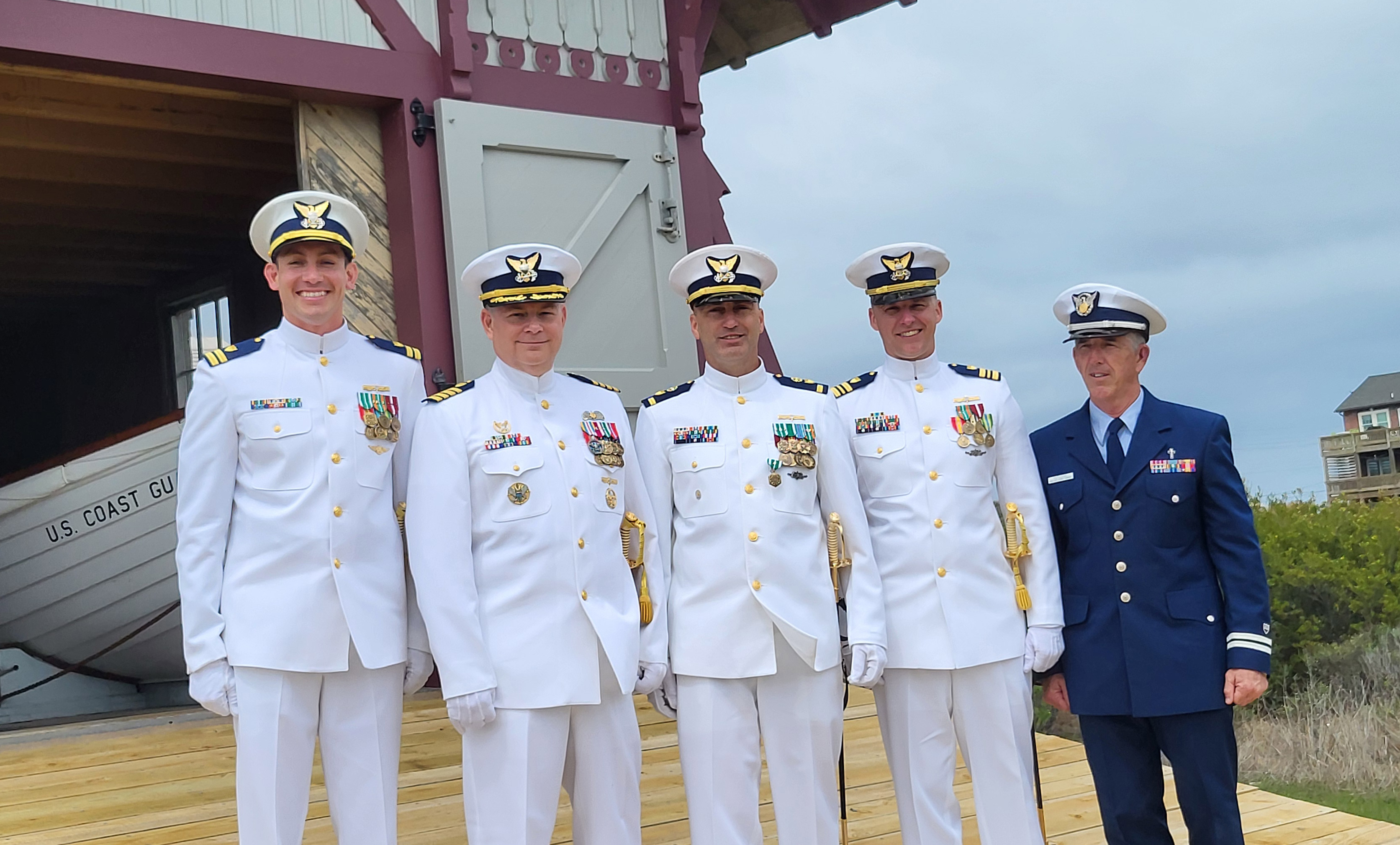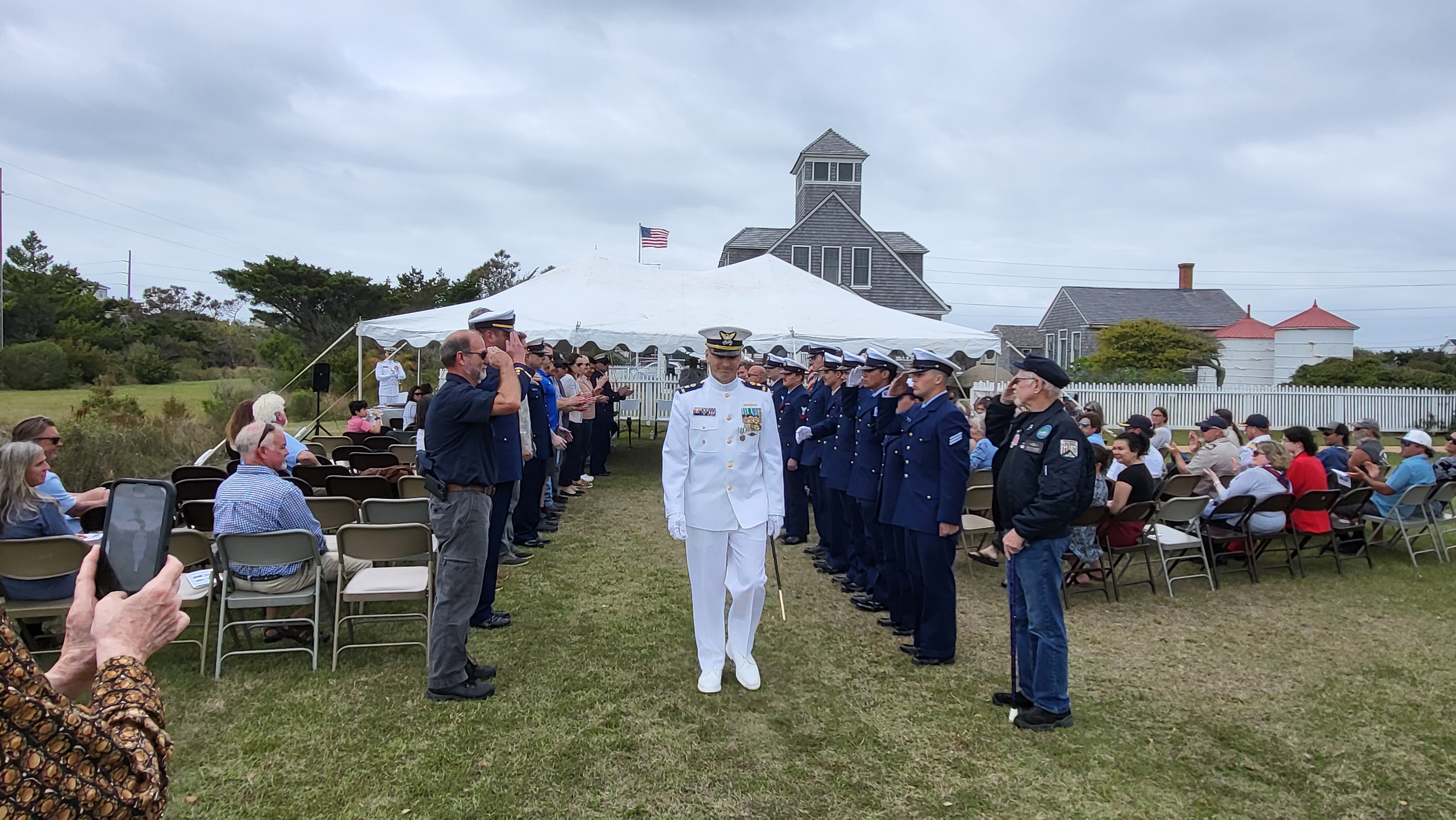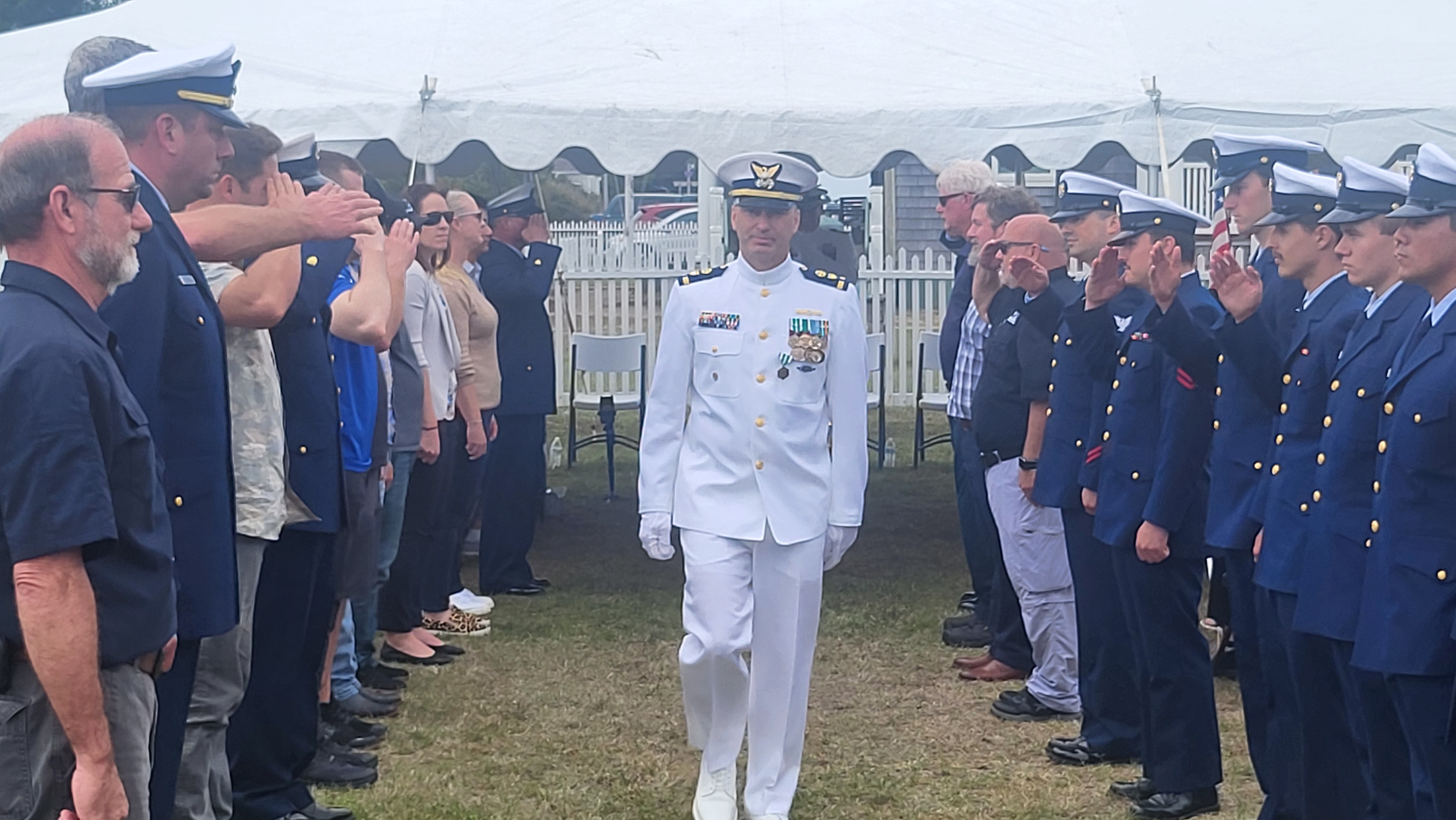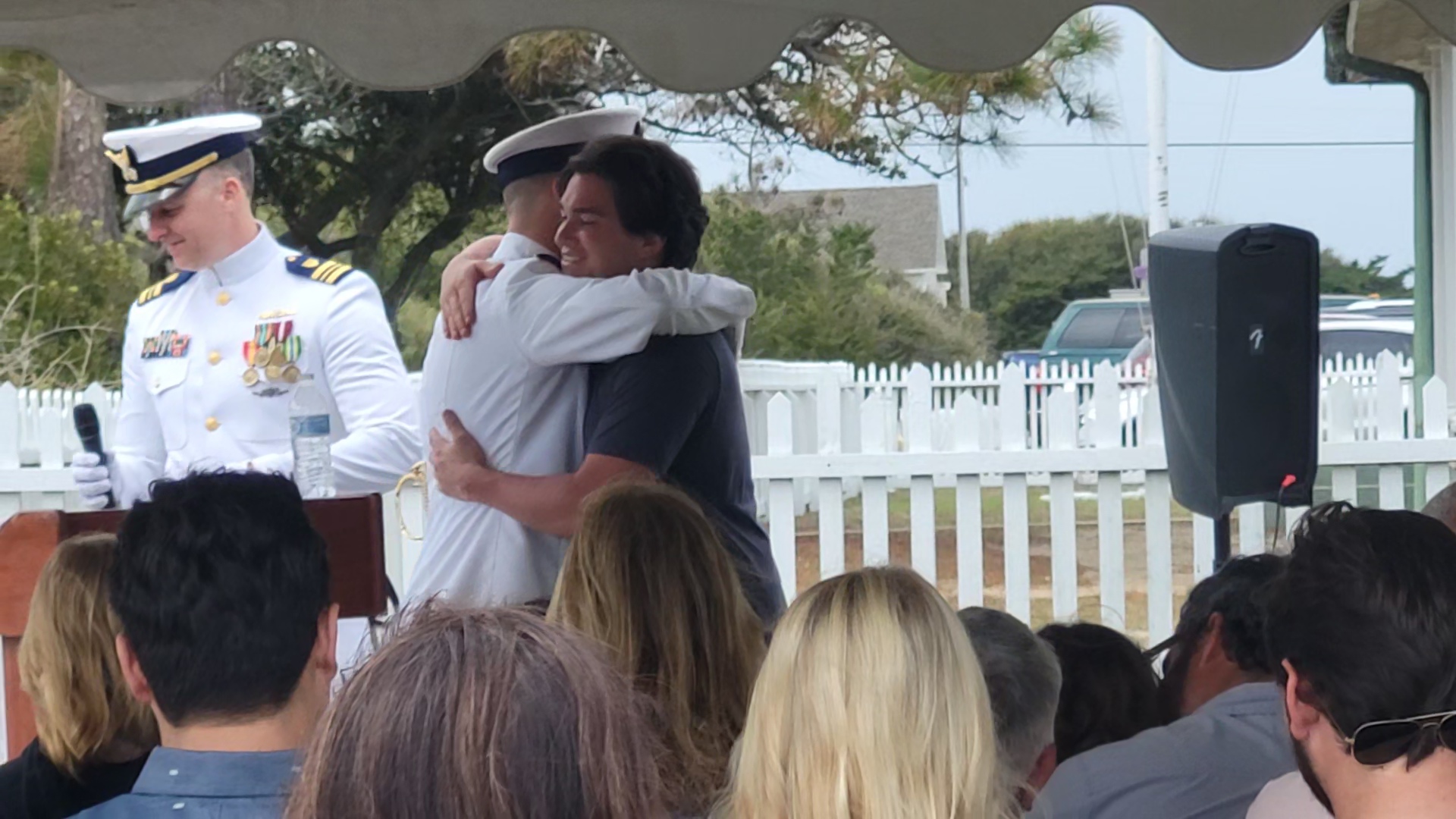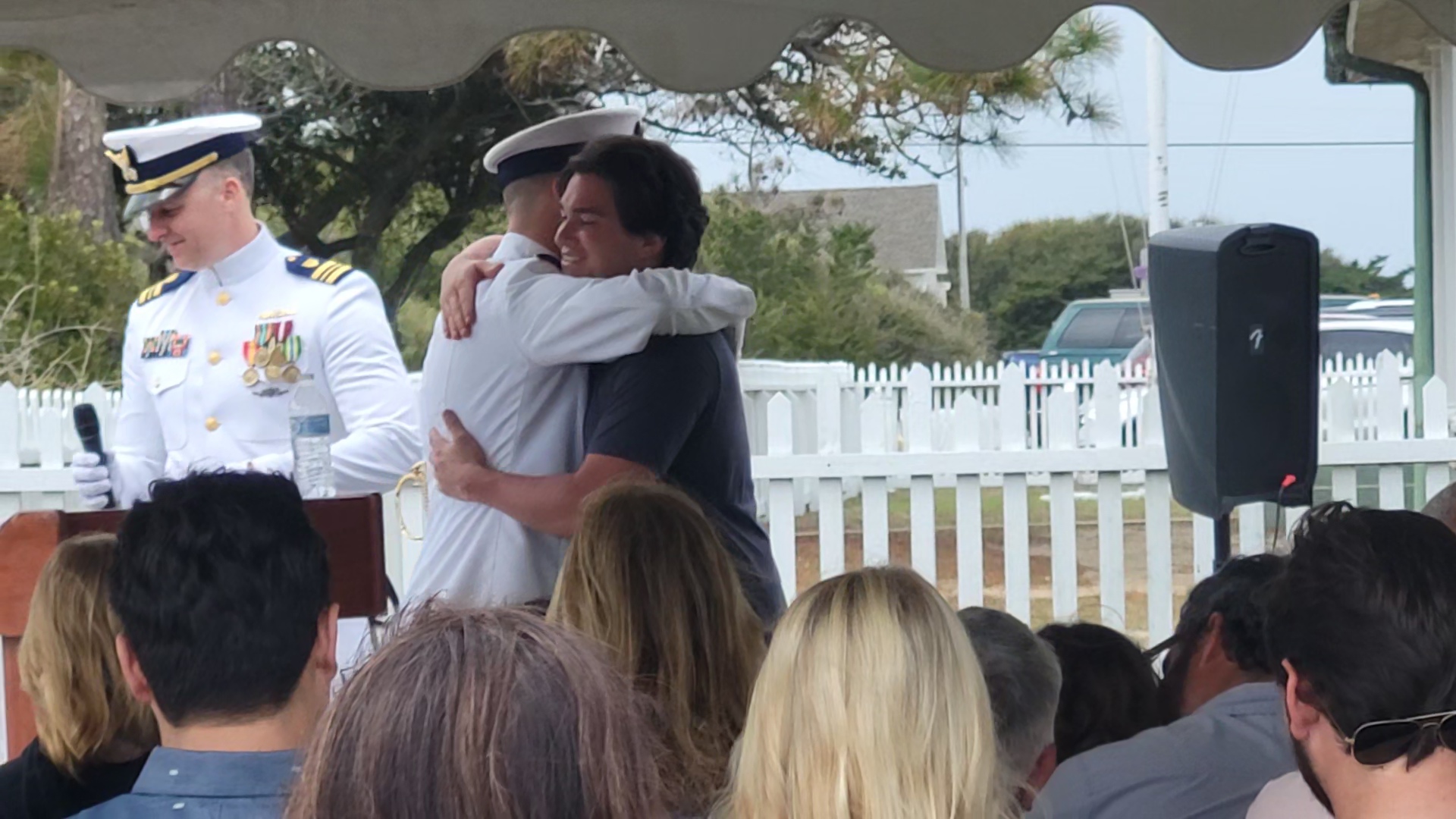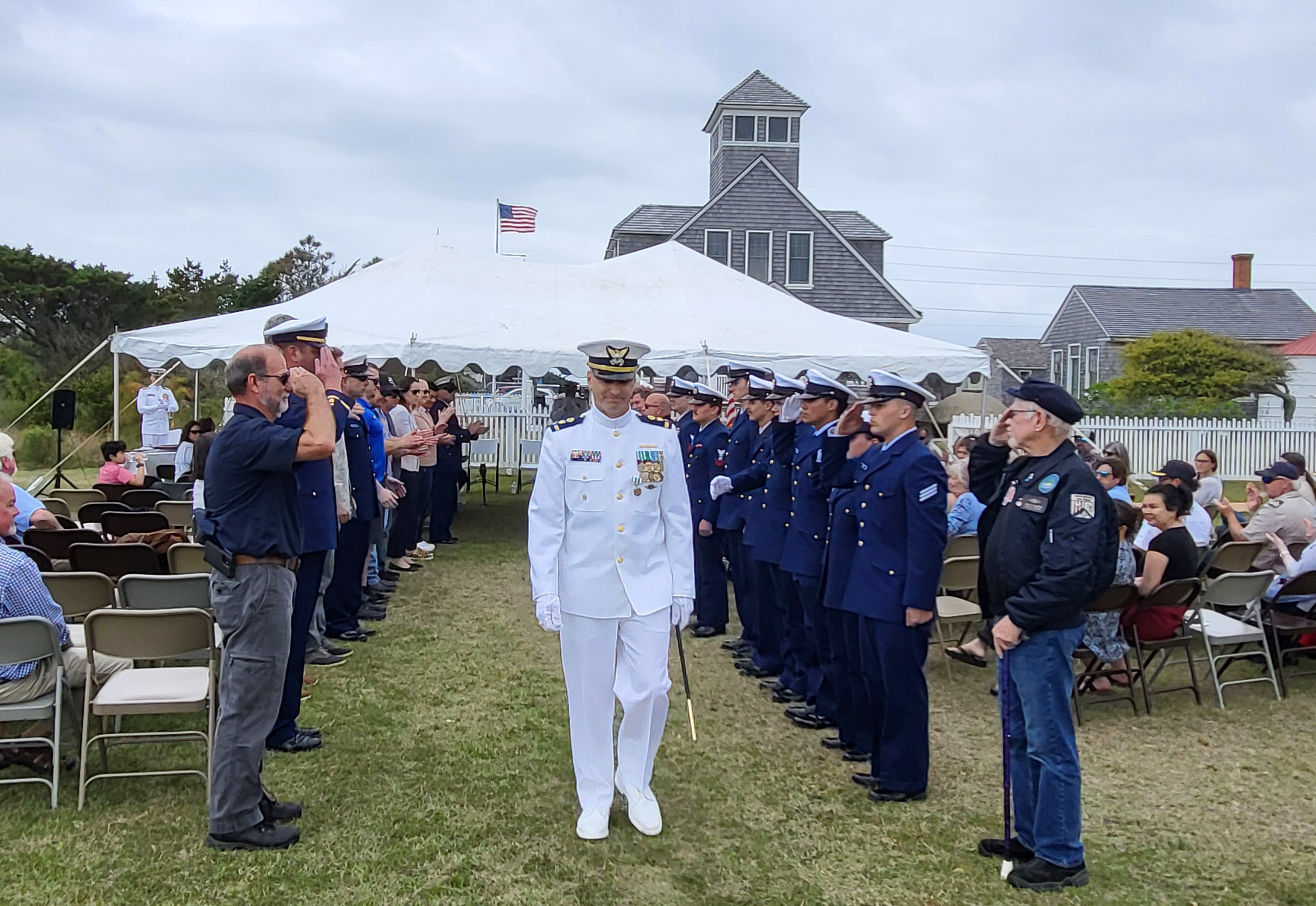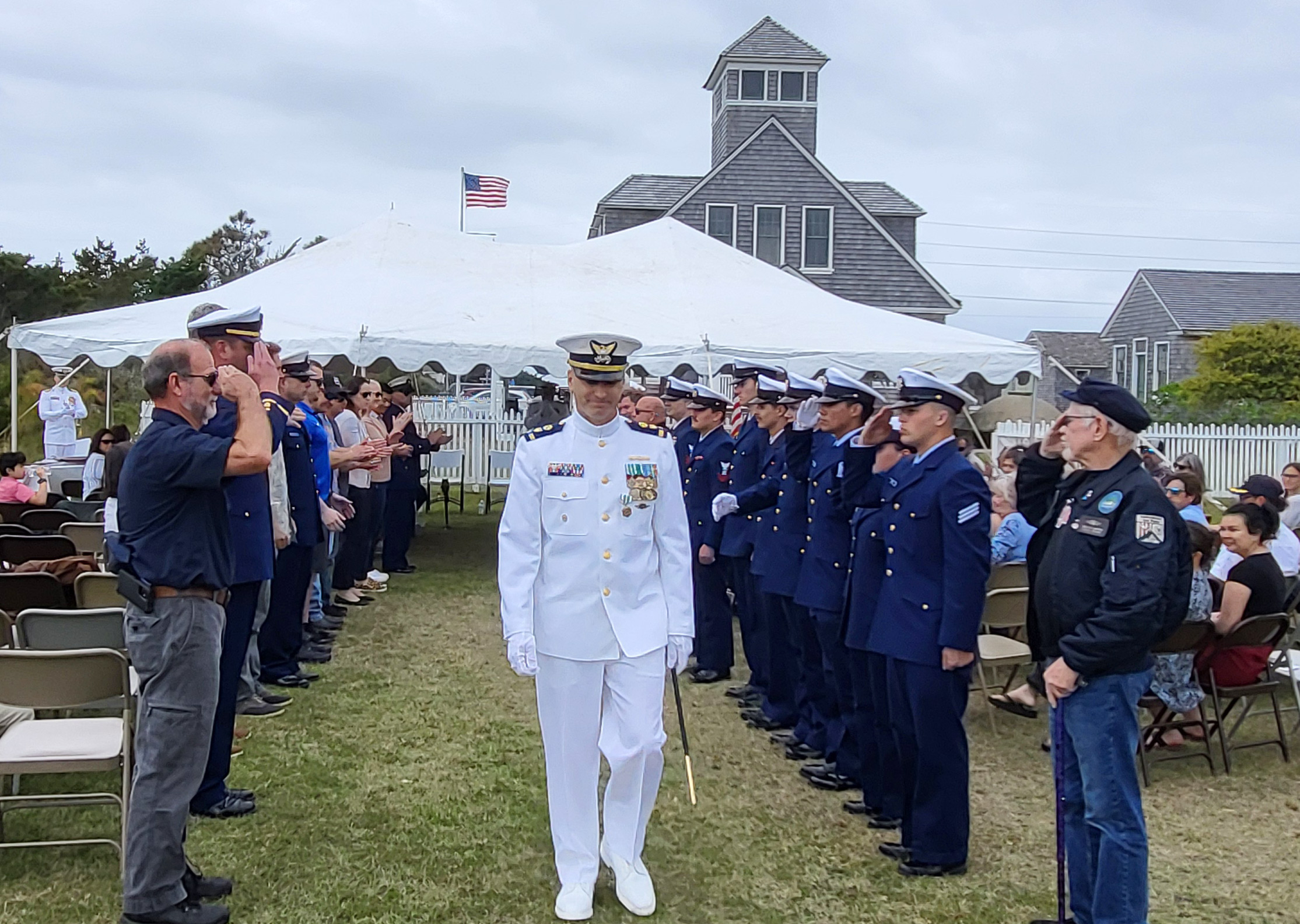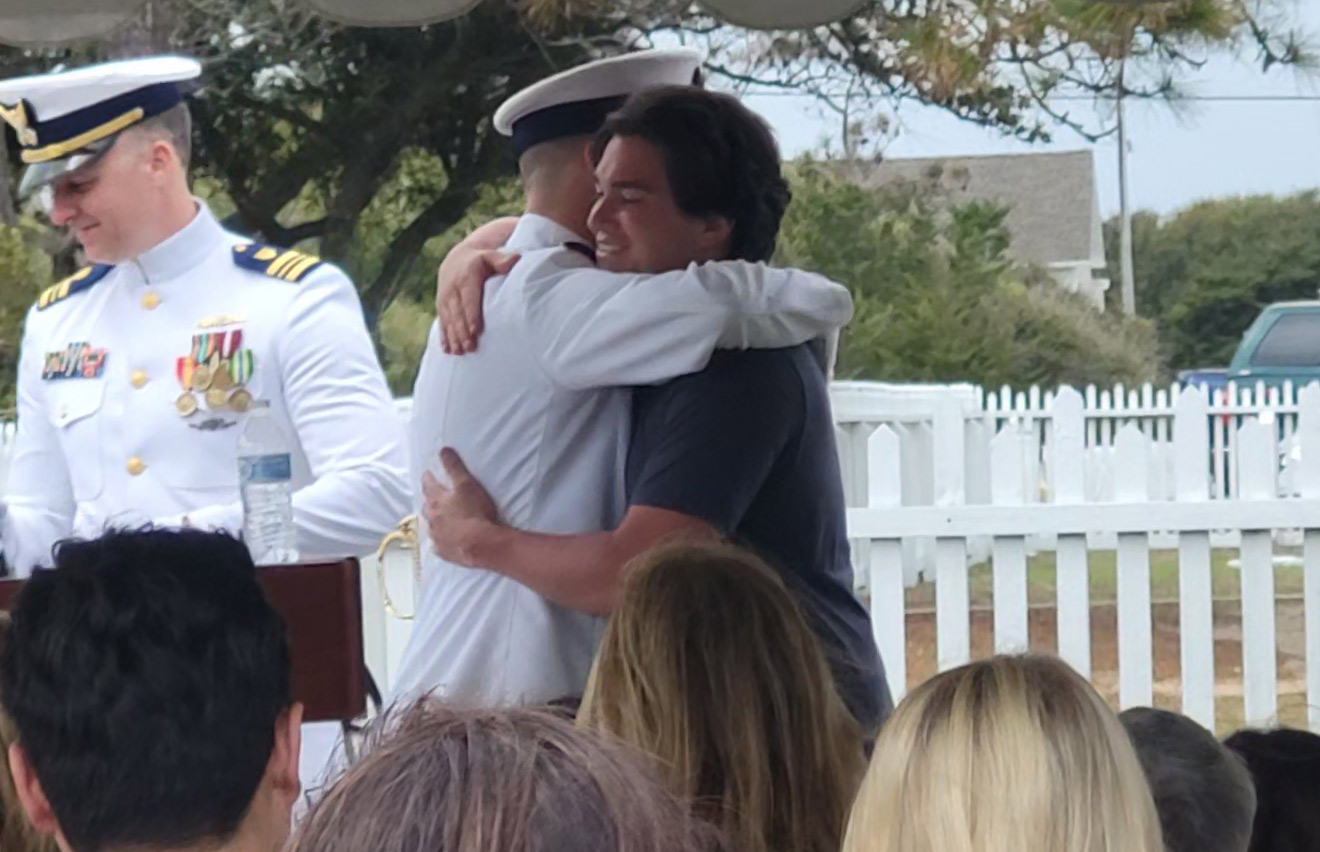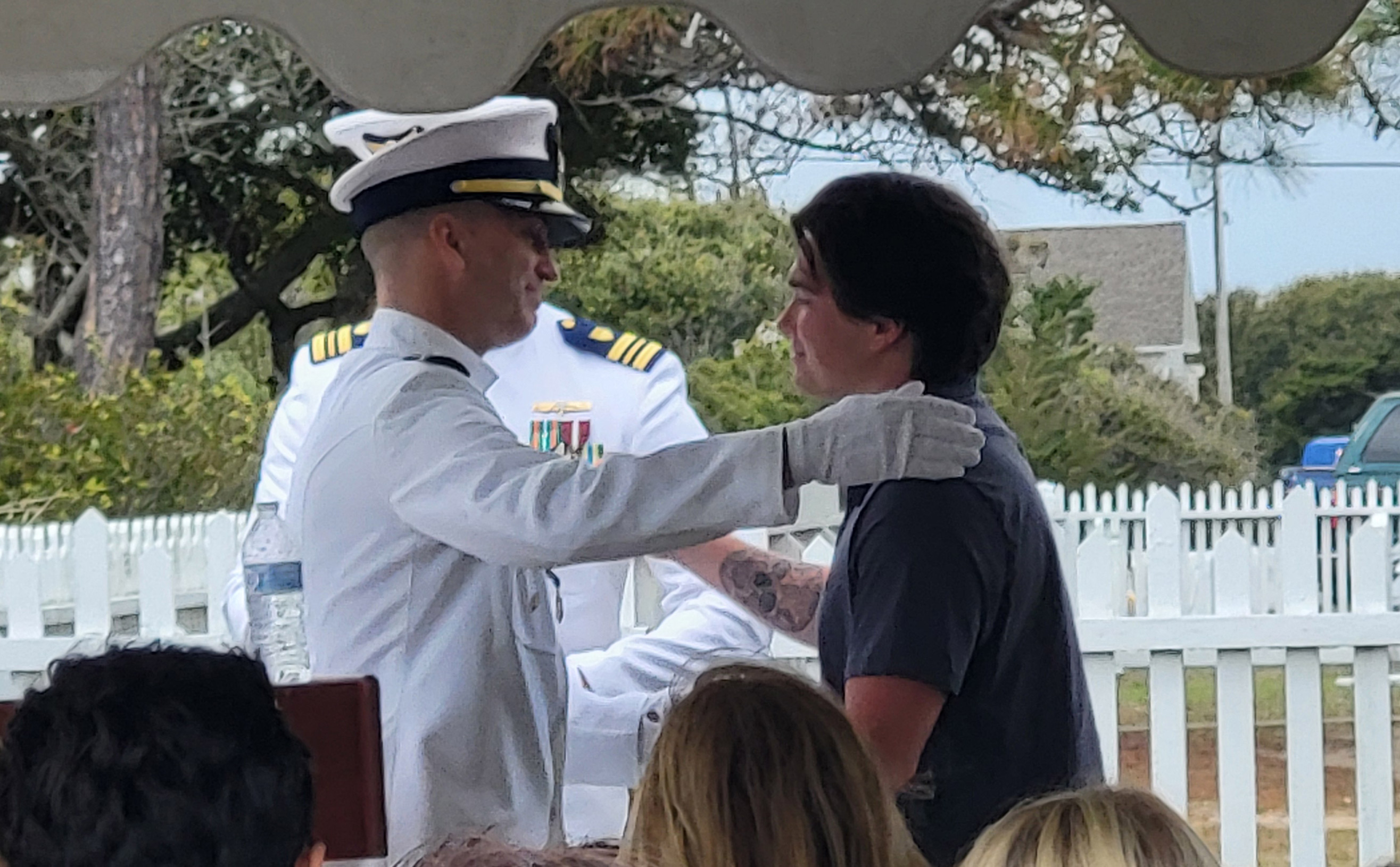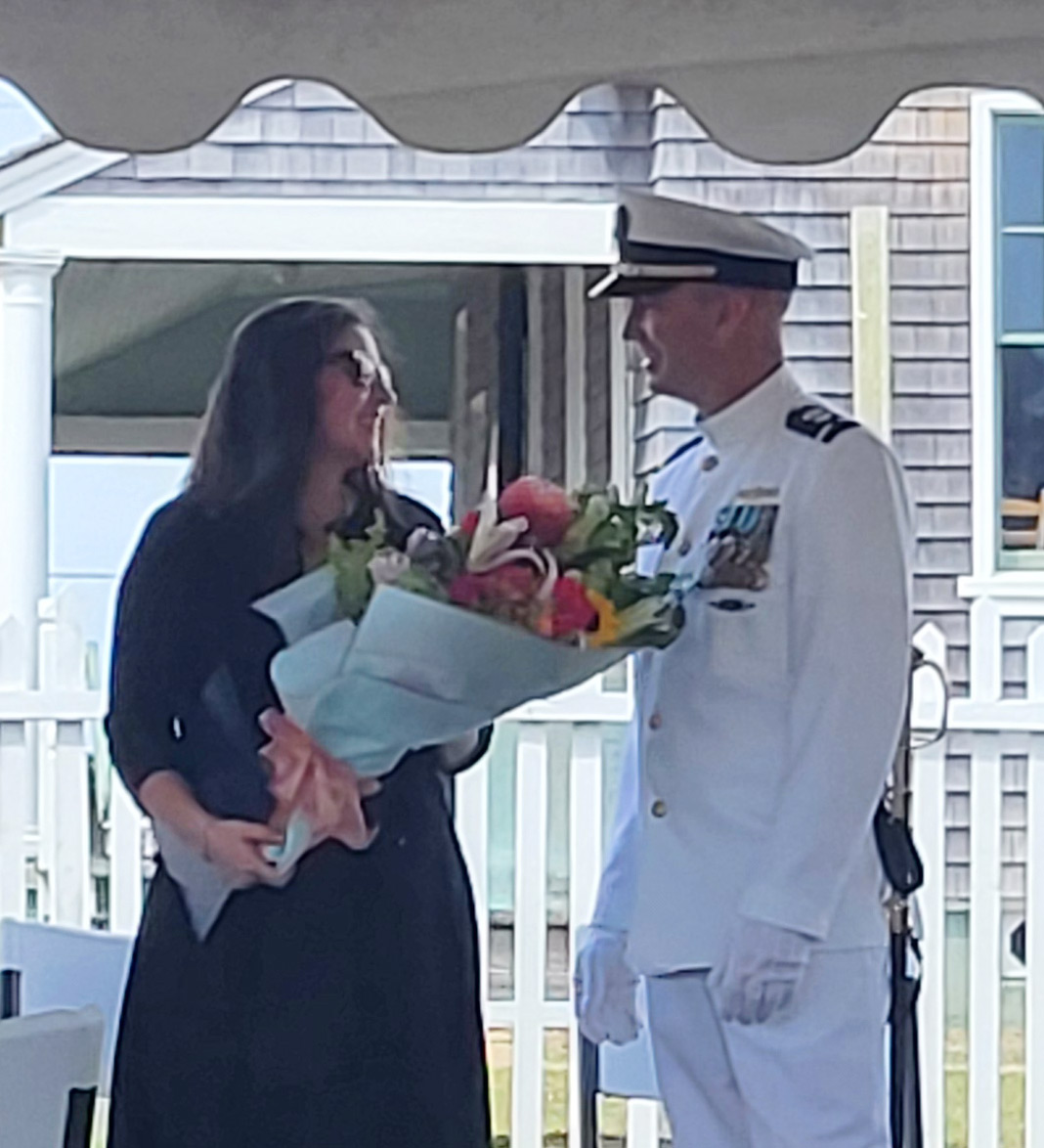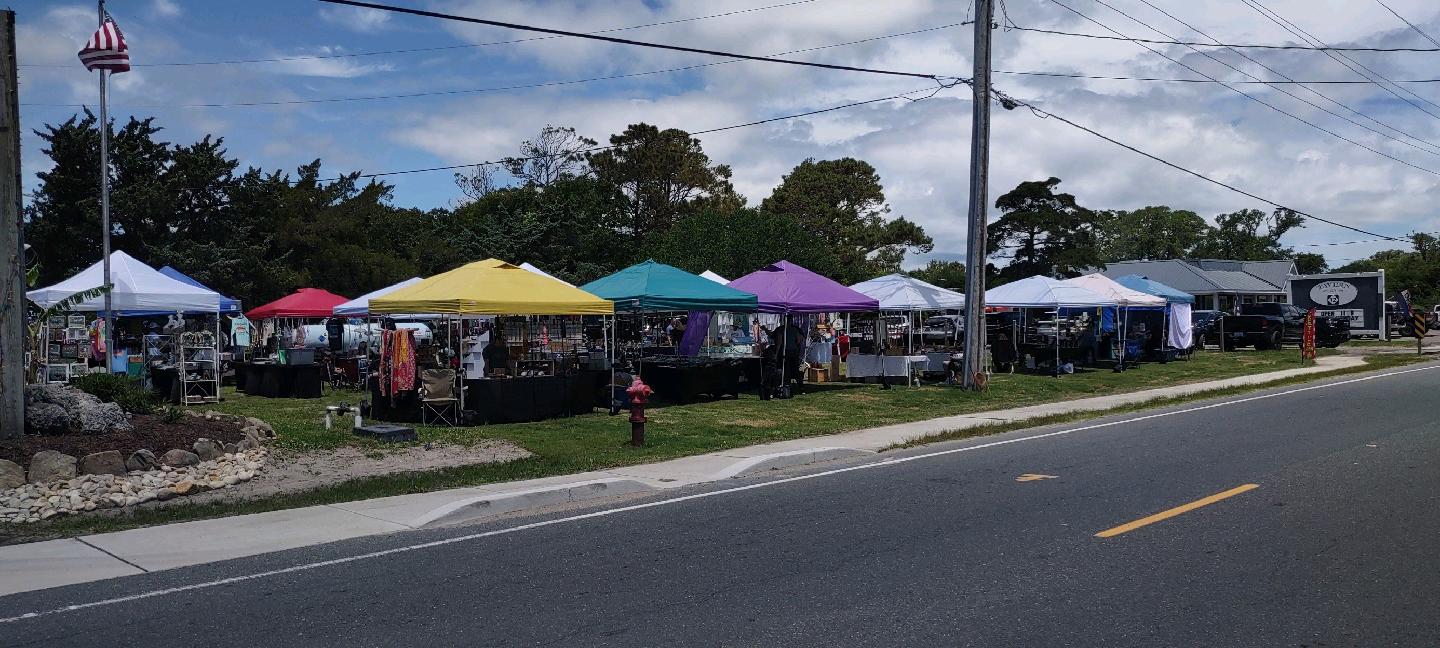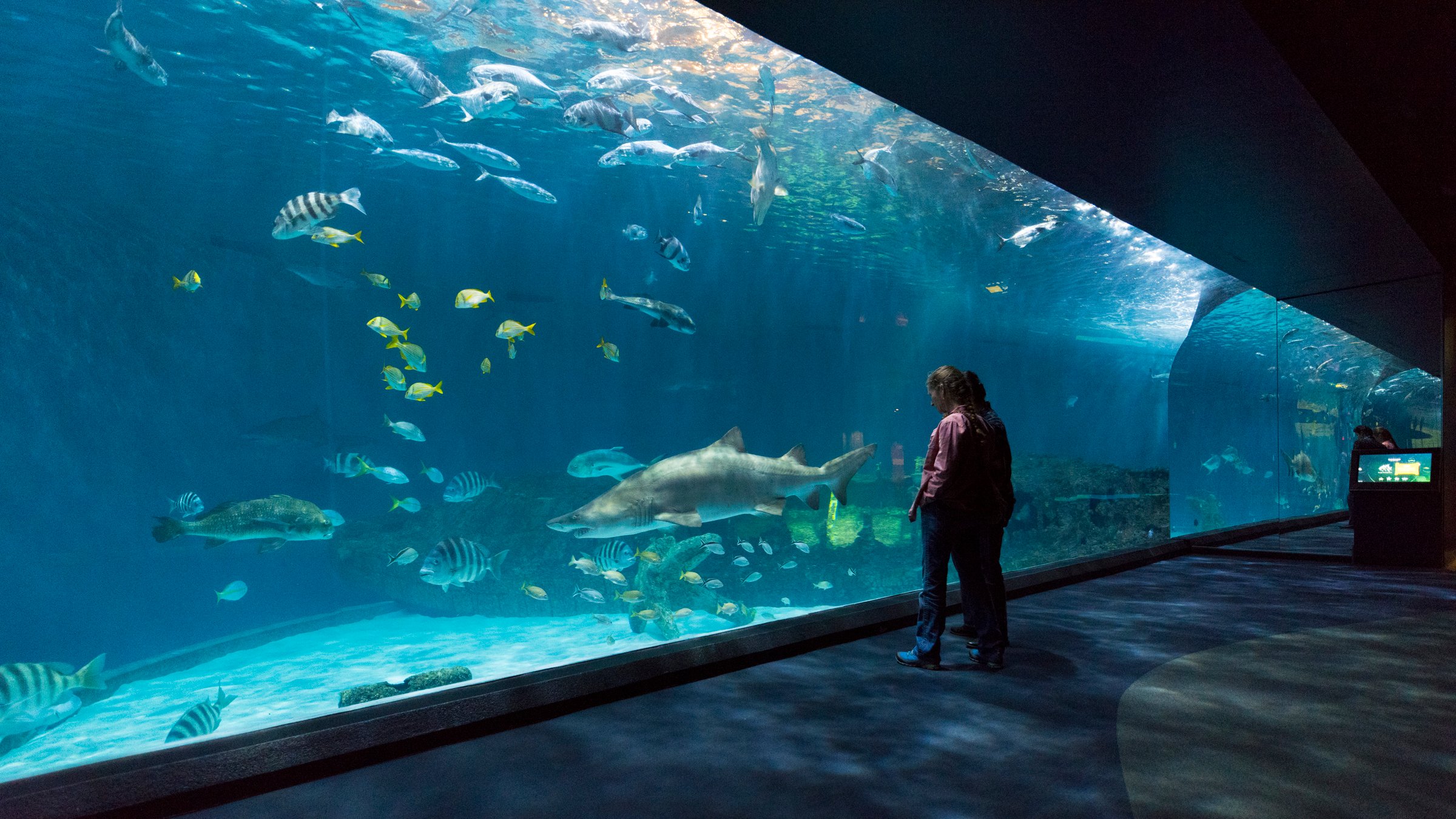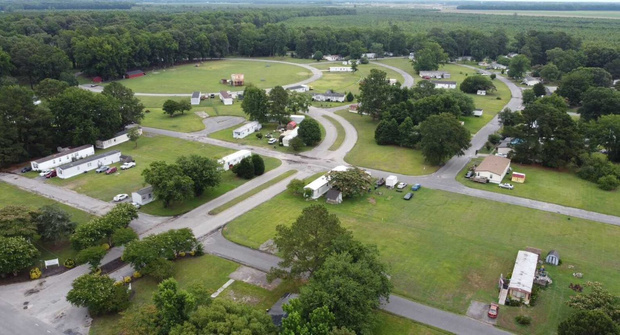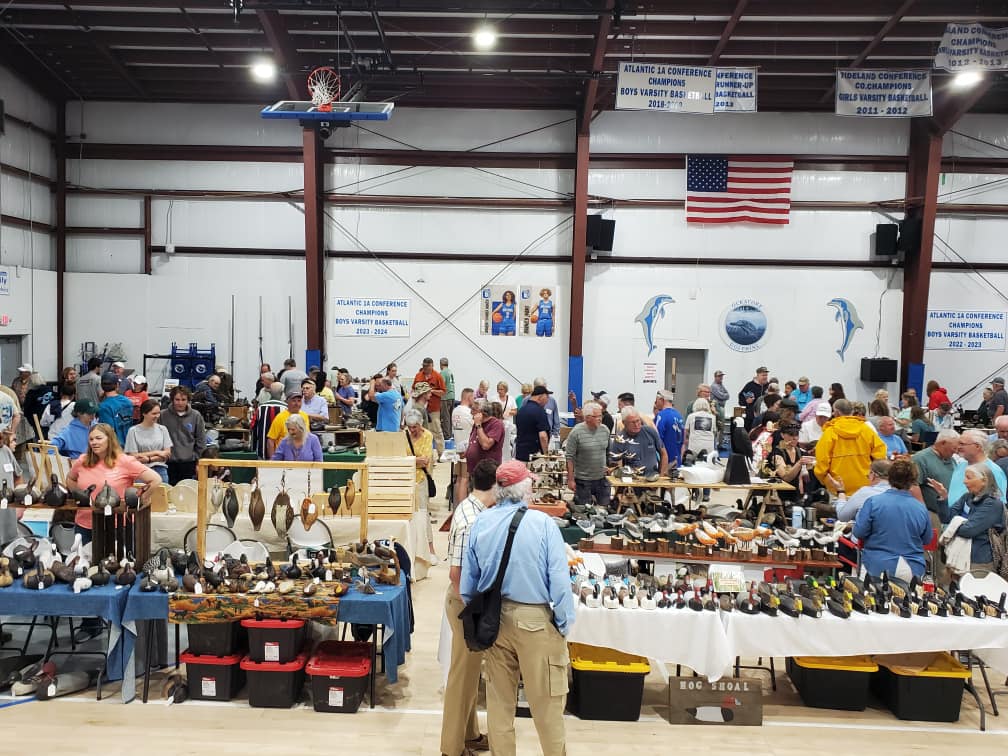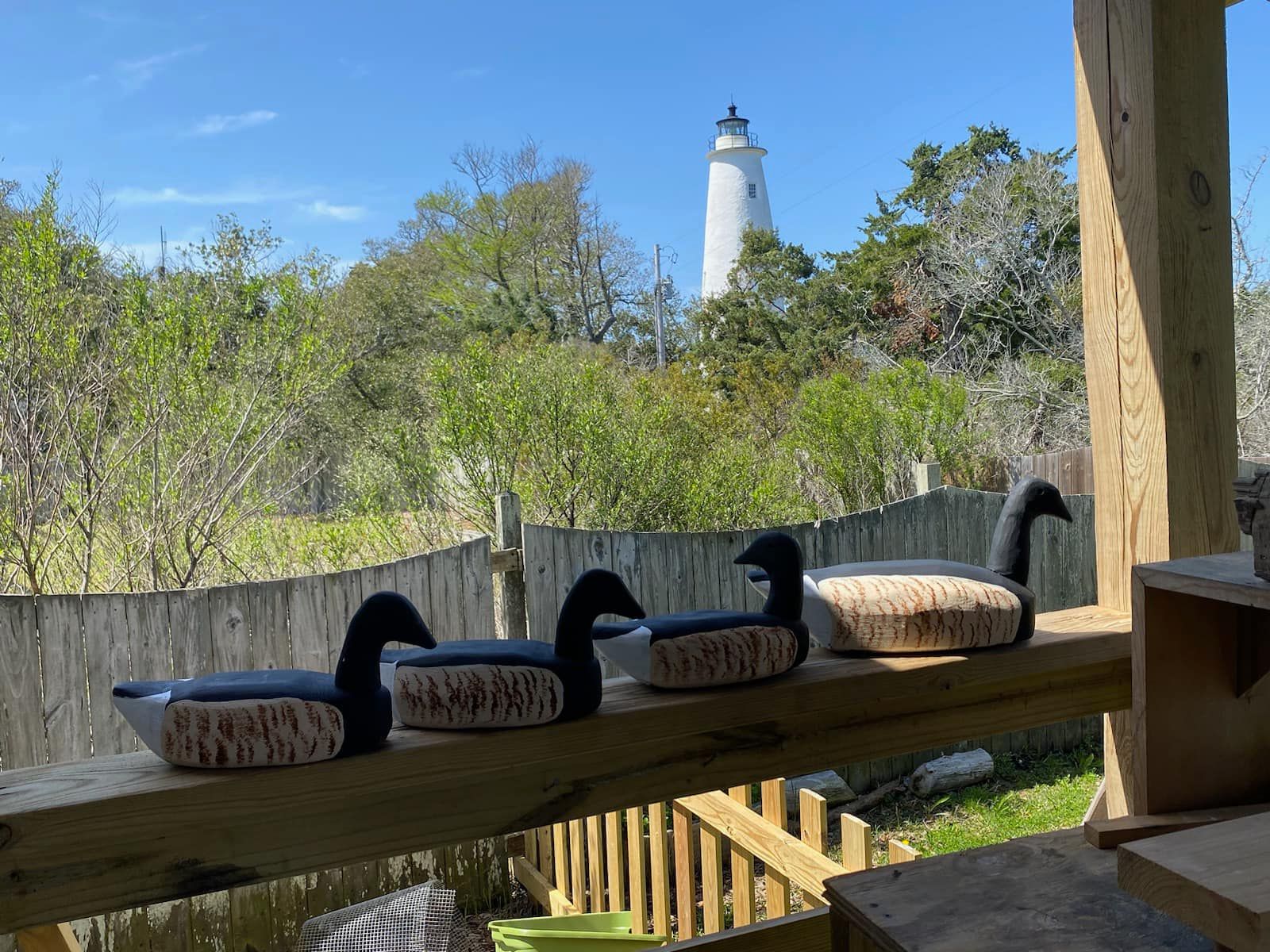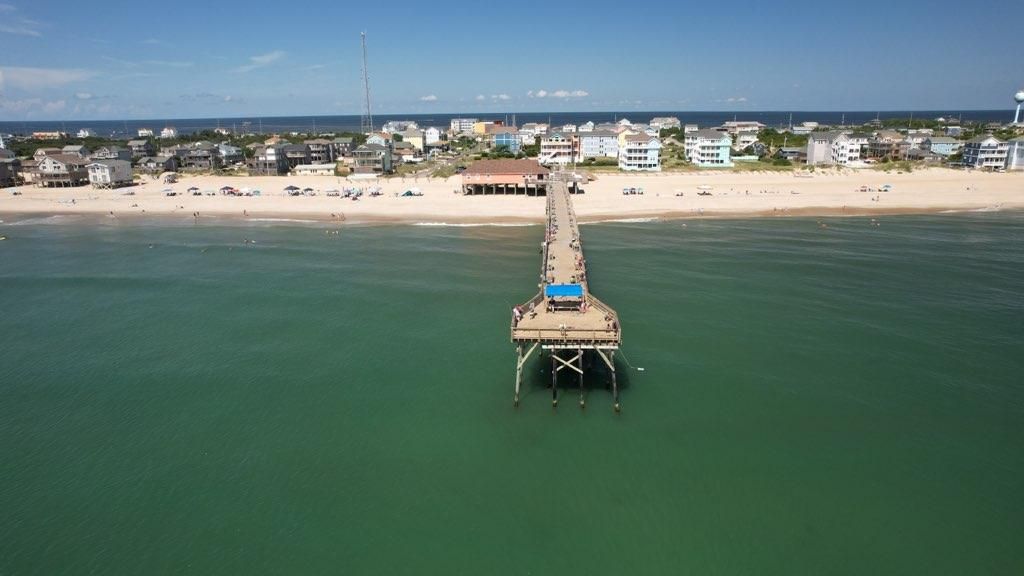Game-changing Starlink internet technology lands on Ocracoke
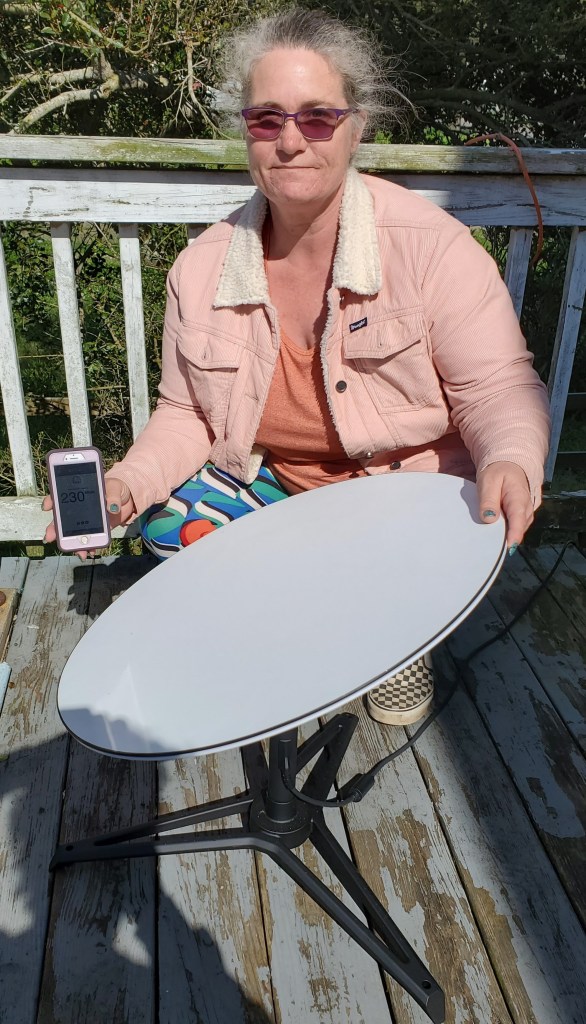
By Richard Taylor
After struggling with often slow or freezing internet connections following Hurricane Dorian and the COVID-19 pandemic, 47 Ocracoke school students and teachers will now have access to a new, cutting-edge high-speed satellite internet service.
This novel pilot program — among the first in the nation — will greatly improve remote learning infrastructure, when future conditions force Ocracoke School to close for in-person instruction.
Futuristic, low Earth-orbit (LEO) satellite technology from Elon Musk’s SpaceX Starlink system will soon shift the imbalance here where currently poorer rural students often get the worst internet service.
In a March 29 WOVV interview, Hyde County School Superintendent Steve Basnight explained how the combination of need, determination, location and state and federal grant support puts Hyde County in front with respect to rural broadband connectivity.
“We happened to be in the right place at the right time,” Basnight told radio host Peter Vankevich, explaining how rural Hyde County got involved with the SpaceX Starlink system. “An opportunity to pilot this new technology came up to through the remote learning working group in the governor’s office last year. At the time, there was only one other school group in Texas doing this. We had the opportunity to be one of the first three schools to ever do this and we jumped on it.”
Basnight had committed to bringing reliable high-speed, high-quality Internet connectivity to Hyde County at the beginning of this school year.
The state wanted to see what kind of service they could get in the mountains, because broadband service is terrible there. They also wanted to see how this technology would work in flat unobstructed terrain.
“I’ve got the perfect place for you,” Basnight told the state. “It’s an island where everybody’s basically within about a mile and a half of everyone else.”
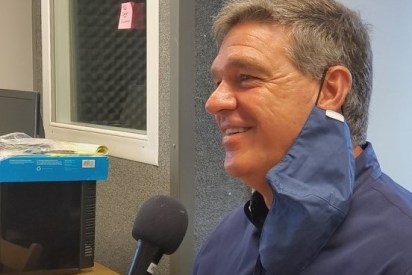
Swain County Schools, southwest of Asheville, hosts the state’s other Starlink pilot project.
The advanced Starlink ground terminals can be self-installed. The round 23-inch dish (called “Dishy”) mounts to a small tripod in a yard or on a porch. Roof mounts are available. Dishy connects to an inside Wi-Fi modem/router via a 100-foot ethernet cable.
Once set up, Dishy’s internal motor aligns itself to Starlink’s ever-growing constellation of 570-pound suitcase-sized satellites orbiting 340 miles above Earth.
Satellites communicate with a series of terrestrial ground stations to access the internet.
Having so far launched about 1,400 satellites, SpaceX plans to surround the earth with more than 12,000, with the option to launch up to 42,000 more.
These small satellites ride to space aboard Falcon 9 rockets from several stateside space launch facilities. The last 60-satellite cluster blasted off March 24 from Cape Canaveral Space Force Station in Florida.
Basnight said Ray Zeisz, director of the Friday Institute Technology Infrastructure Lab at N.C. State University, was instrumental in bringing together various funding sources and state agencies into a framework, which could quickly bring this high-tech, high-impact project to fruition. Zeisz raised $88,000 through state and federal funding to purchase the 47 Ocracoke Starlink systems.
Zeisz wanted to study the technology of this pilot project from the state’s perspective, and it’s all free to Hyde for now.
“Ray purchased the Starlink hardware and gave the units to Hyde County Schools,” Basnight said. “He also covered the cost of the service at $99/monthly per user for one year.” The two are working on a grant for another year of service.
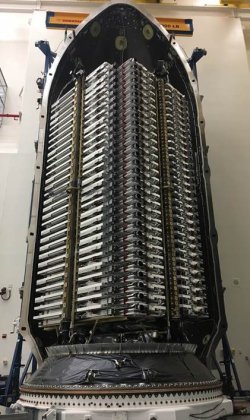
“Many students live far from cellular or fiber networks,” Zeisz said, in a press release from Gov. Roy Cooper’s office. “By using Starlink, these remote students will soon have access equal to the educational resources of their peers who live in more densely populated areas.”
Besides the governor’s office, the N.C. Department of Information Technology Broadband Infrastructure Office and other state agencies also helped implement the two-site “Satellite Internet Technologies for Student Connectivity Pilot” project.
Basnight is excited about the prospects for this program.
“This technology is extremely simple to use,” he said. “You can do it all from an app on your phone. For the first time ever, the majority of our students will have a reliable broadband connection in their homes.”
Reliable internet will be crucial when student have to stay at home for weather events.
“High-speed internet is a critical tool that our students need to succeed in these challenging times and into the future,” said Gov. Roy Cooper in a recent press release. “Innovative programs like this pilot with SpaceX can connect students and residents to high-quality, reliable internet service to help with remote learning, telehealth, job opportunities and more.”
Basnight and Ocracoke’s county commissioner Randal Mathews set up the island’s first dish on March 26 at school Student Support Services Administrator Nancy Leach’s home.
“I downloaded the Starlink App to my phone and started messing with it and thought, ‘How am I’m going to aim this thing,’ Mathews said. “After a few minutes the dish aimed itself.”
Mathews, a former CenturyLink network technician, praised the system. He and Basnight have been working to improve internet connectivity on Ocracoke since Hurricane Dorian hit Sept. 6, 2019.
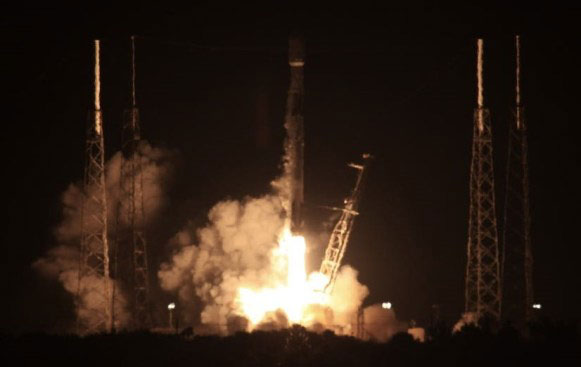
“Putting cable in the ground is expensive,” Mathews said. “The more you can go wireless, the more sustainable and cheaper it is.”
Basnight noted that minutes after Leach’s terminal was fired-up, the system began getting internet speeds of over 140 megabits/second. Typical internet speed on Ocracoke with CenturyLink is about 25 megabits.
Mathews said the Starlink system will experience occasional signal loss while waiting for the next satellite to pass over. As more satellites are placed in orbit in months to come, reliability will improve.
“It’s good now, but we’re expecting some phenomenal things over the next year or two,” Basnight said.
Most of the county’s 47 Starlink earth terminals will go to students now using cellular mobile hotspots. “We wanted to identify the students for whom we had provided mobile hot spots during this remote learning period, because those were the ones we targeted as having the least access to usable internet,” Basnight said. “Reliable internet access is an absolute necessity in today’s student learning environment.”
They also included Ocracoke teaching staff in the pilot to get a cross section of family units and for feedback to the Friday Institute.
Ocracoke School Teacher Assistant Heather O’Neal has three children in school experimenting with the service — Maranda, William and Brandt.
“I lose connection to my desktop a lot,” O’Neal said on Friday. “Streaming to my TV will buffer and wait to load. The best speed I’ve had on the Starlink is 230 (Megabits/second).” Her lowest:15 Mb/sec.
O’Neal logs speed test images on her phone. “I’m enjoying it,” she said. “I know it’s a work in progress, but I’m excited to see how it benefits everybody.”
Principal Leslie Cole said students had repeatedly experienced issues with consistent Internet in their homes following Dorian and during the pandemic.
“I’m happy to be part of this pilot and I really appreciate Mr. Basnight for all his time and dedication to get us to this point,” she said. “It’s super exciting for the county.”
Basnight was also excited about expanded wireless broadband service coming soon to mainland Hyde, using newly available TV white-space frequencies in partnership with RiverStreet Networks.
“This is pretty phenomenal that Hyde County has got two really cutting-edge broadband technologies on either side of the water,” the superintendent said. “This new, easy-to-use internet connectivity will be a game changer for the students and families on Ocracoke Island.”
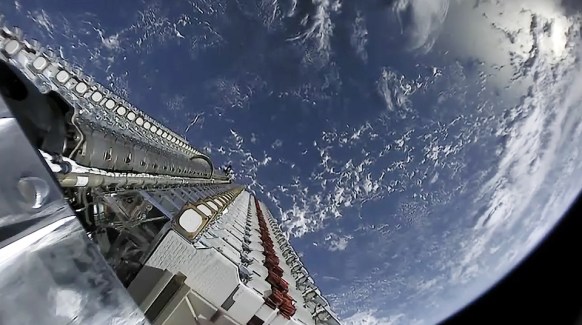
To watch the Jan 20 SpaceX Starlink launch from Pad 39A at Kennedy Space Center in Florida, click here. This video shows the complete sequence of the Falcon 9/Starlink launch from pre-launch to satellite deployment.
Click here to watch just the Starlink 60-satellite cluster deployment in orbit, June 30, 2020.



